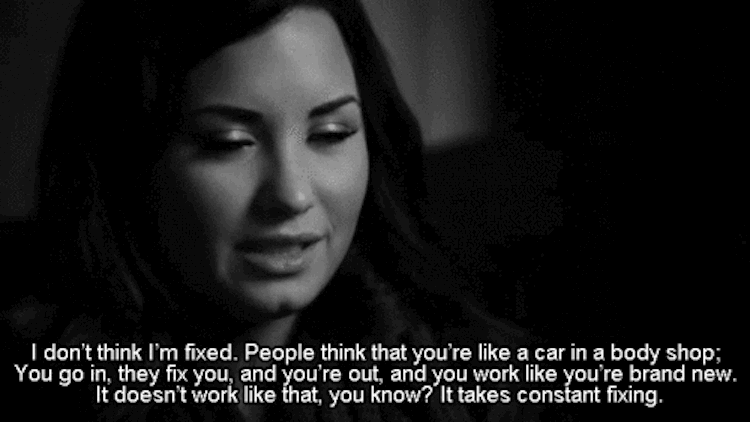If you’ve seen the acronyms EDNOS or OSFED, you’re probably wondering what they mean. The first stands for Eating Disorder Not Otherwise Specified, while the second stands for Other Specified Feeding or Eating Disorder. It’s also the most deadly eating disorder out there, with a mortality rate of 5.2%.
EDNOS is basically an older name for OSFED, but they both apply to anyone who experiences great mental and physical stress because of their eating or exercising habits but didn’t meet the criteria for another eating disorder, like anorexia and bulimia. Having some type of catch-all label for eating disorders is important because every disorder looks a little different and might not meet specific diagnostic criteria.

Photo courtesy of MUI Daily News
American Psychiatric Association recognized this fact in 1994 and included EDNOS in the DSM-4 (the big book that lists diagnostic criteria for all officially recognized mental disorders). When the APA released the DSM-5 in 2013, some disorders, such as binge eating disorder, which previously fell under the EDNOS category, got their own label. So the APA narrowed the EDNOS label and renamed it OSFED.
However, the OSFED label remains useless we raise its awareness. It can be difficult for people to get help if they or their doctors don’t feel like their disorder meets specific criteria.

GIF courtesy of tumblr.com
For example, the DSM states (and most people) believe that in order to be anorexic, you have to be underweight. However, a 2013 study found that, 35 percent of anorexic patients were overweight or obese when their disorder began, and because of their weight, their disorder goes unrecognized for extensive periods of time.
People can and do suffer from other symptoms of anorexia (such as restrictive eating that wreaks havoc on their body or poor self-esteem) without becoming underweight. OSFED is supposed to recognize people who suffer from other mental and physical symptoms of anorexia but aren’t underweight.
However, because our society continues to have a limited view of what anorexia and eating disorders look like, people who could be diagnosed as OSFED don’t reach out for help or are ignored by their doctors.

Photo courtesy of tumblr.com
OSFED can come in other forms as well. For example, bulimia applies to people who go through cycles of binging (excessive eating) and purging (through forced vomiting, laxatives, exercise, etc.). As of 2013, binge eating disorder serves an official diagnosis for people who binge but don’t purge. But OSFED would apply to anyone who purges but rarely or never binges.

Photo by Kate Monick
OSFED also applies to people who suffer from bulimia or binge eating disorder less frequently. The label also encompasses nighttime eating disorder (excessive eating throughout the night) and orthorexia.
These examples are far from exhaustive. OSFED can apply to anyone who experiences excessive mental or physical stress because of their eating habits or how they relate to food.
And it’s a very real problem. Prior to the name change, EDNOS was by far the most common eating disorder. Approximately 75 percent of people seeking out-patient treatment for an eating disorder were diagnosed with EDNOS. Although OSFED is more specific and likely applies to less people, it still probably applies to a lot of people.

Photo courtesy of Diabetes Insider
Despite how common it is, EDNOS and OSFED have been dismissed as “less severe” both within the medical community and the general population. But this is far from true. One study found that 75 percent of those with EDNOS also suffered from another mental illness, and 25 percent were considering suicide.
It’s important to remember that eating disorders don’t have to look a certain way. Just because someone doesn’t meet our own specific idea of what an eating disorder should look like, does not mean that their suffering is not real.
If you or anyone you know suffers because of your relationship with food, you might have OSFED, and you deserve help. But even if you don’t have OSFED, take the time to understand it and raise awareness so that everyone may feel comfortable seeking the help that they need.


